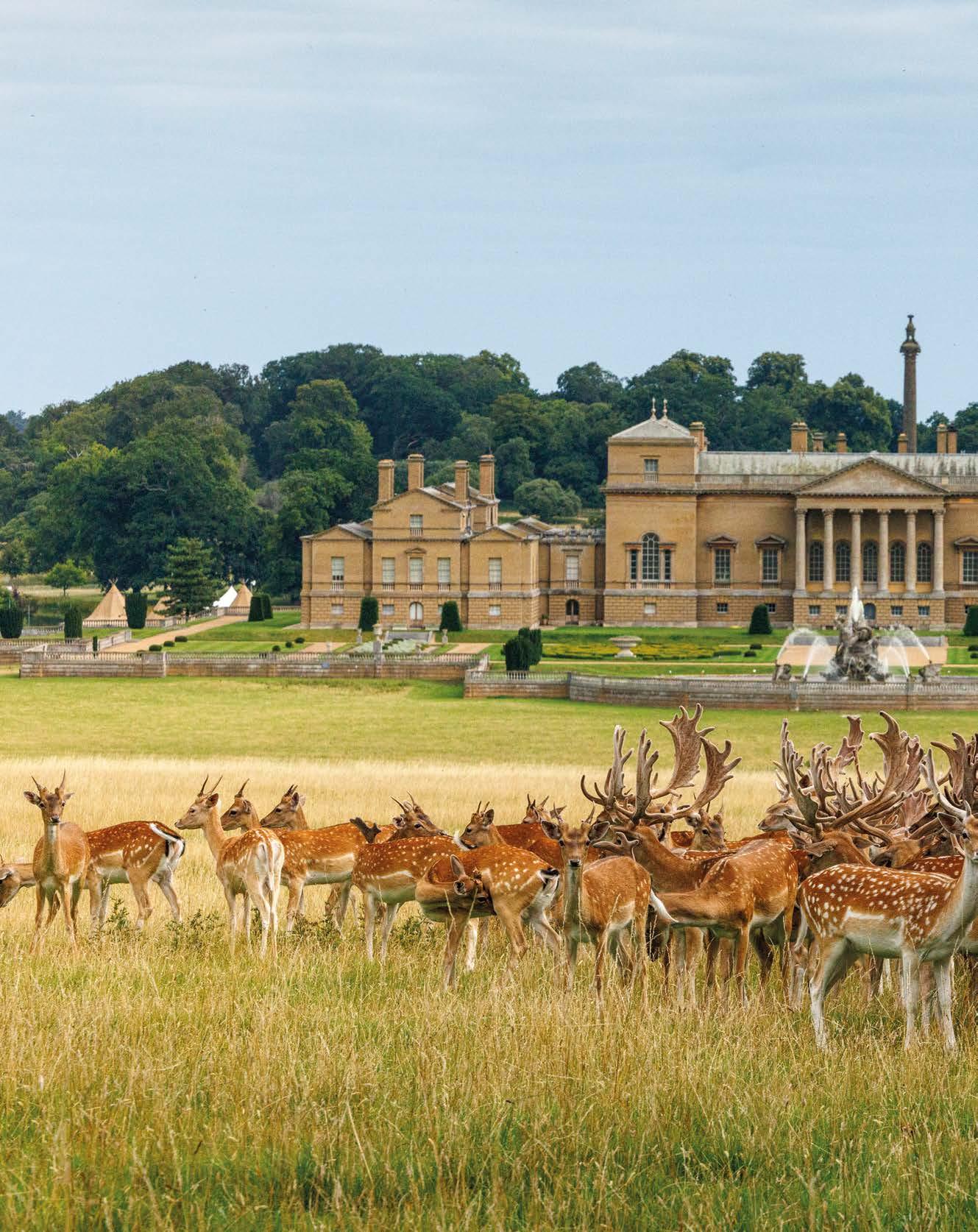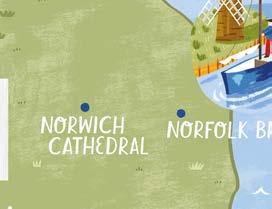





































































Emma Longstaff goes in search of Suffolk’s most atmospheric timber-framed buildings you can stay in






























Where Swallows and Amazons meet lambs and pheasants. Sally Coffey brings you the best of rural Norfolk



To the east of Cambridgeshire and the north of Suffolk, Norfolk is the third county making up what is known as East Anglia. It’s a county that has traditionally relied as much on its fishing industry as it has agriculture, jutting out in the North Sea as it does, like the knobbly shoulder of the southern half of England.
It was here some 950,000 years ago that the first Britons arrived, setting up home near the village of Happisburgh in the north-east of the county, though understandably knowledge of these early people is scant.

The name Norfolk was coined by much later settlers, the Anglo-Saxons, and may have been a derivation of the words ‘Norse’ and ‘folk’ or have meant ‘northern people’, as at the time Norfolk was the northern part of the powerful Kingdom of East Anglia.

A region renowned for its low-lying land, where farming country meets the sea, Norfolk became England’s most productive agricultural region during medieval times, while its maritime heritage similarly stretches













Once a magnificent stronghold of the powerful Dukes of Norfolk, 12th-century Framlingham Castle is a wonderfully imposing moated fortress with impressive medieval battlements and almost a thousand years of stories to tell. Built in the wake of the Norman conquest by a knight, Roger Bigod, the castle found itself at the centre of a history-making Tudor succession crisis when a young Mary Tudor (‘later, ‘Bloody Mary’) was declared the first queen of England here in 1553. If you’re brave enough, follow the 10-metre-high wall walk around the castle’s medieval battlements, offering spectacular views of the surrounding Suffolk countryside. Although none of the castle’s original interior buildings remain, visitors can step inside the 17th-century workhouse built within the castle walls. english-heritage.org.uk/visit/places/framlingham-castle/







From Anglo-Saxon treasures and medieval castles to the home of one of Britain’s best-loved composers, Henrietta Easton on the places to visit in East Anglia






The Cotswolds is renowned for its beech woods, some of which are so significant that they are designated as National Nature Reserves (NNR). This includes the Cotswold Commons and Beechwoods NNR in the heart of the Cotswolds at Cranham, near Stroud. It is the largest nature reserve in the Cotswolds.
It is estimated that approximately 10 per cent of the landscape in the Cotswolds is woodland, the majority of which is mixed broadleaved wood. That includes woodland on farms, which as a percentage of agricultural land, has increased over the past 30 years.
Situated on the northeast edge of the Cotswolds, it is not so much beech that characterises the landscape around us, but oak and ash. Our farm has small pockets of woodland – around three acres in total, most of which is a small ash and oak coppice planted approximately 200 years ago. Every field is also lined by hedgerows, with mature trees interspersed every few yards.
With so much ash on our farm, ash dieback disease, which naturally or through the inadvertent importation of infected trees was introduced to the UK in 2012, has been a regular kitchen-table topic of conversation for the past decade. If ash dieback hit our farm, it would devastate the entire landscape character.
We check the health of our trees regularly and have been fortunate (and,
in some superstitious way with no pun intended, I ‘touch wood’ on this) that ash dieback has, so far, not affected them. However, it’s not only ash dieback that we need to be concerned about.
Here, it is Dutch elm disease that creates most discussion.





With its distinctive shape and majestic height, the English elm and the wych elm were once a staple of the British countryside. Growing to around 90-feettall, they could be seen in hedgerows and parkland settings. But the arrival of Dutch elm disease killed millions of elms

throughout England and the landscape, particularly in the 1970s, was irreversibly changed. I can remember the devastation of the disease in the landscape around where we live well.
always seems to take


potential – and trunk
Elm trees in the Cotswolds are a very, very rare sight now. But among the hedgerows on our farm, we have a healthy supply of both English and wych elms (for comparison, they are easily identifiable by the leaf size: English elm has a smaller leaf size than the wych elm). Why? We’re not entirely sure, but it may be because they are in a hedgerow in the centre of the farm where it is much easier to control the biosecurity. But that is probably just nonsense. Dutch elm disease always seems to take hold when young trees reach a certain height –around a third of their potential – and trunk width. Some of our elm trees, particularly the English elm, are larger than this. It’s exciting. But it’s also terrifying. It would be devastating to see these suffer and to lose them.
than this. It’s exciting. But it’s also terrifying. tree – in a separate the other elms – that has succumbed. I’m
Worryingly, we have a much smaller elm tree – in a separate hedgerow away from the other elms – that has succumbed. I’m reluctant for it to be chopped down; the fieldfares and redwings love sitting in this tree, and we love watching them. But we also love seeing the elms. To protect them, I know it must be felled. ■
fieldfares and redwings love sitting in this tree, and we love watching
Caroline Mills is a travel writer – and farmer – living and working in the Cotswolds. She is the author of Slow Travel: The Cotswolds
It is estimated that approximately 10 per cent of the landscape in the Cotswolds is woodland